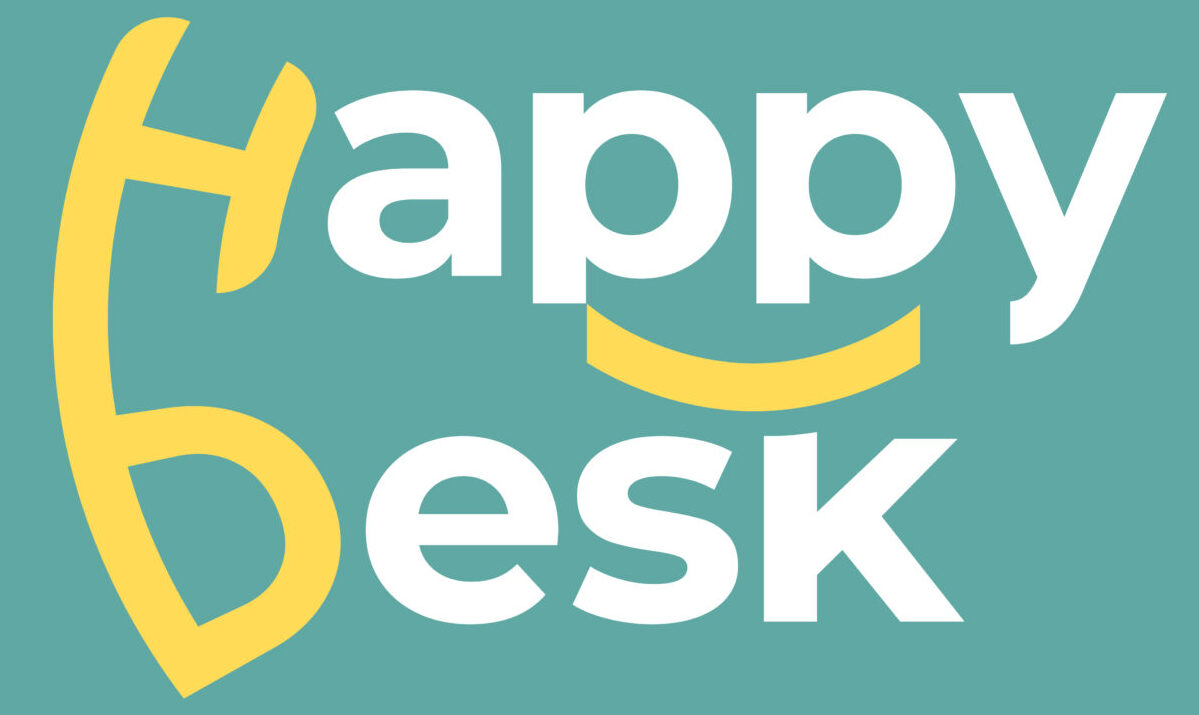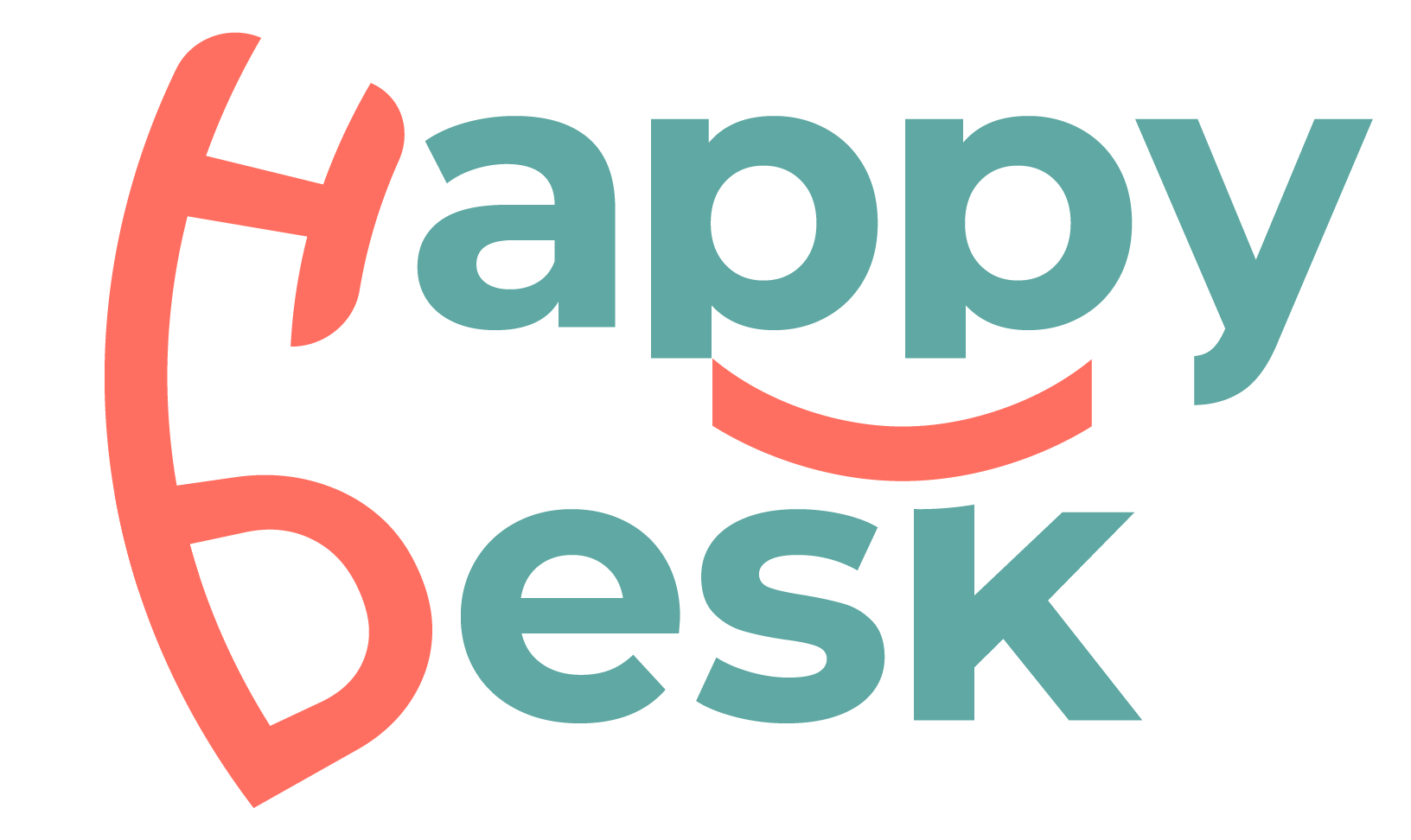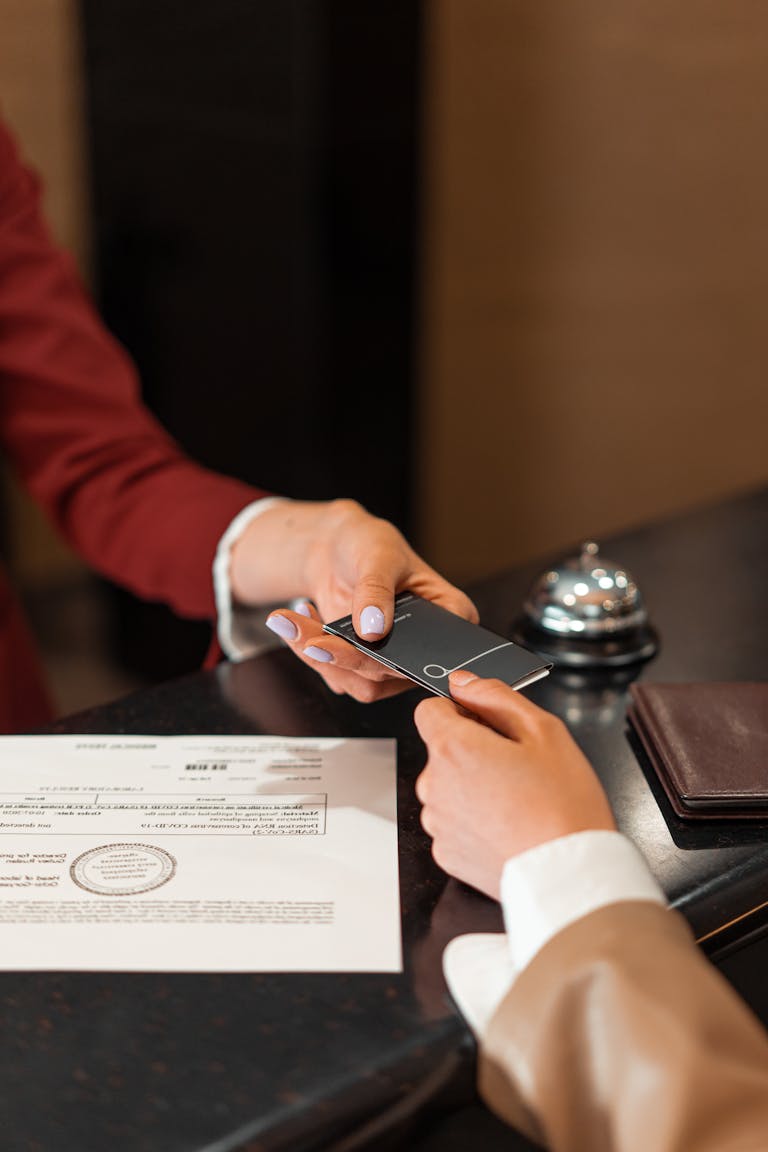For many therapy practices, voicemail is still the default for missed calls. But in an age where people expect instant communication, relying on voicemail can quietly push potential clients away.
Think about how often this happens: someone finally picks up the phone to call your office, only to be met with a generic voicemail greeting. They hang up without leaving a message—and you never know they called.
If your practice depends on voicemail as the safety net for missed calls, it may be time to rethink your system.
Why Voicemail Isn’t Working for Many Practices
Voicemail was designed for a time when people were used to waiting for responses. Today’s clients aren’t. Many prefer to speak to someone right away—or not at all.
Here’s what can happen with voicemail:
- Most people hang up instead of leaving a message.
- Messages sit for hours (or days) before you can return them.
- Clients feel unsure whether their message was even received.
Signs Your Phone System Needs an Update
- Your voicemail box fills up faster than you can check it.
- You’re often returning calls after your scheduled work hours.
- Fewer inquiries are converting into booked appointments.
- Clients mention they had trouble reaching you.
What Clients Prefer Instead
Today’s clients want a clear, easy experience. They’re more likely to move forward when they:
- Speak to a live person who can answer their questions.
- Get appointments scheduled right away.
- Feel reassured during their first contact with your practice.
Building a Better Call System
Live Answering During Business Hours
A live receptionist—whether in-house or virtual—can answer calls promptly and give clients a positive first impression.
Better After-Hours Support
If live coverage isn’t possible after hours, update your voicemail to include:
- Office hours.
- When callers can expect a reply.
- Emergency resources for those in crisis.
Offer Online Scheduling
For clients who don’t want to call, provide a simple, secure online option to request appointments.
Mistakes to Avoid
- Using a generic voicemail greeting that lacks details.
- Waiting too long to return messages.
- Assuming clients will keep trying if they don’t reach you on the first attempt.
Frequently Asked Questions
Do I need a full-time receptionist to avoid voicemail?
No. Many practices use part-time or virtual receptionists for affordable, flexible support.
Are online scheduling tools enough?
They help, but many people still prefer speaking to a person during their first contact.
Make Your First Impression Count
Your phone system is often a client’s first interaction with your practice. By making it easier for them to connect, you create trust from the very beginning.
Ready to create a system where every call is answered with care? Contact us today at Happy Desk to get started.







